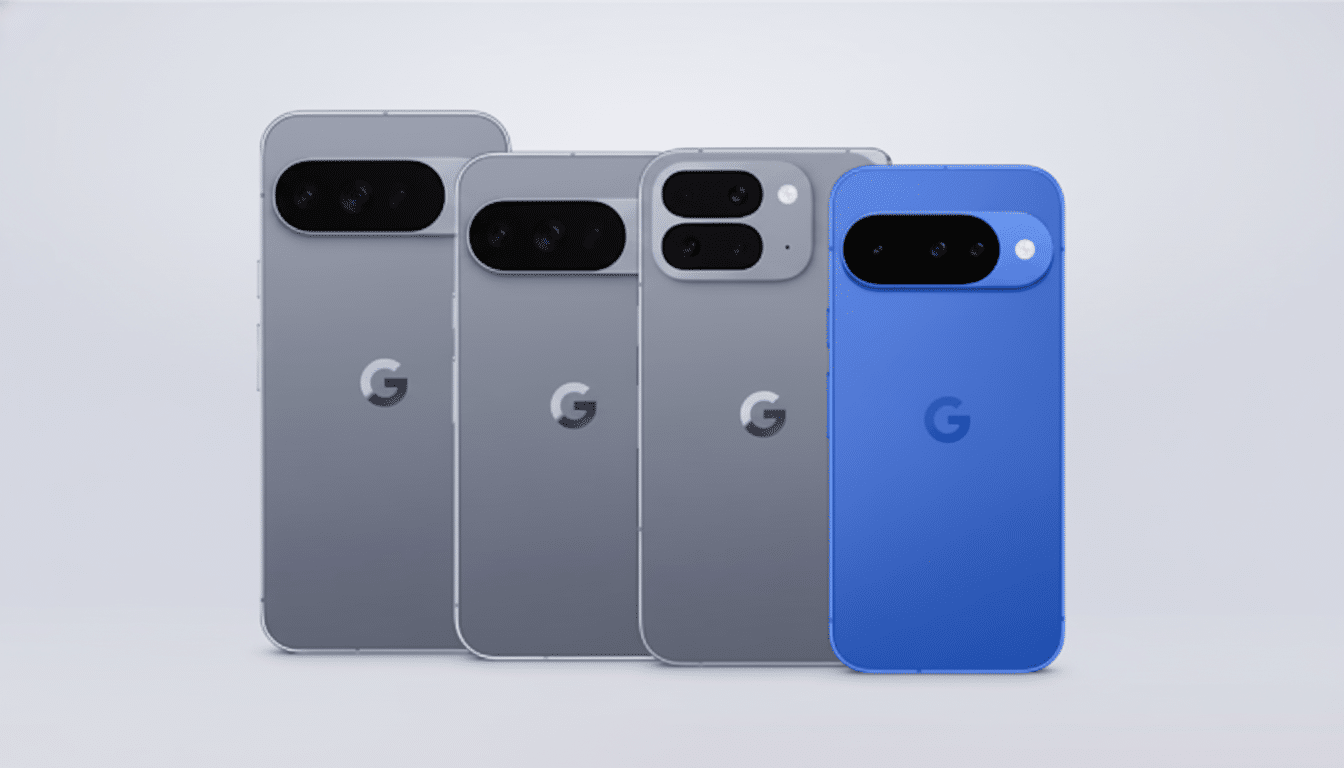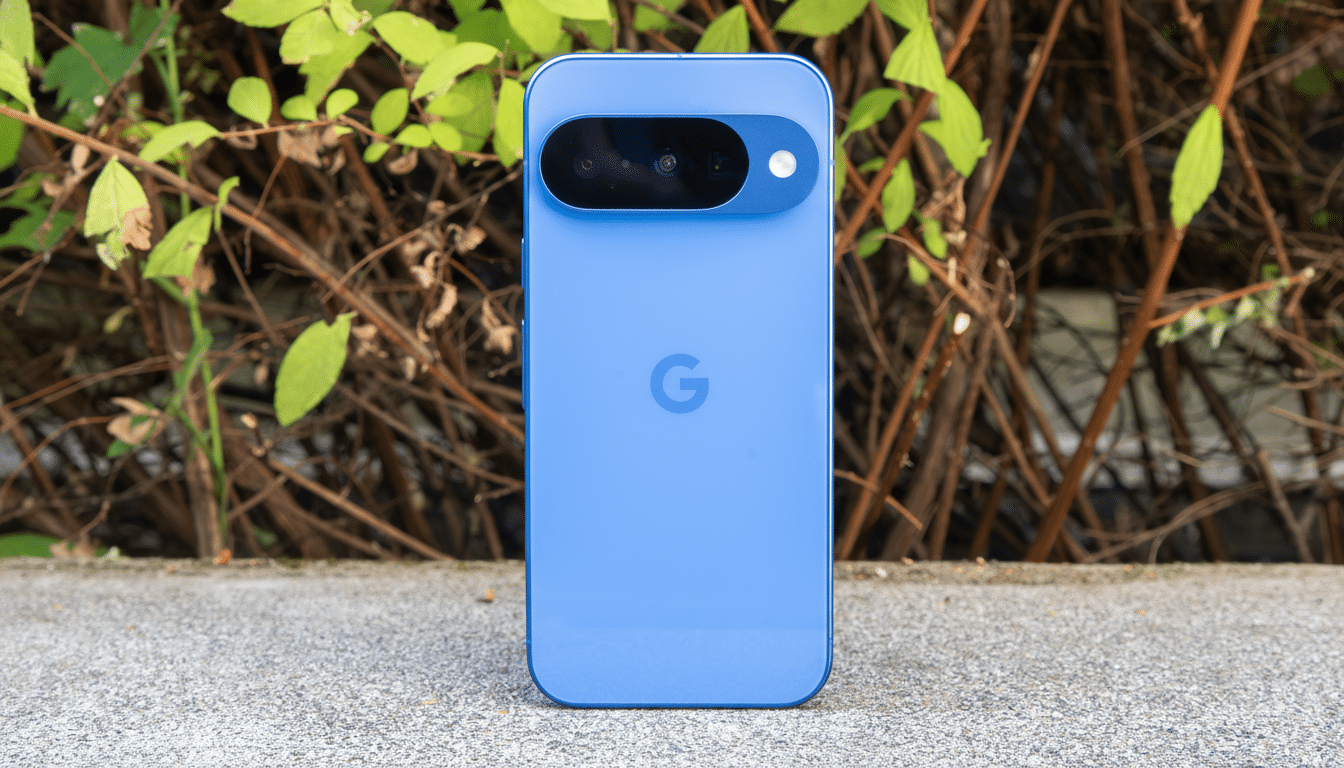Google has introduced a new Power Saving Mode to Google Maps for its Pixel 10 series, targeting the biggest battery drain in navigation: the screen. The feature will strip the interface down to the essentials as it taps into Android’s newest low-power display tricks, in an effort to give you more driving time without needing to plug your device in to charge.
What Power Saving Mode Does During Driving Navigation
In this mode, Google Maps moves into a simplified monochrome representation that emphasizes your next action and significant alerts over full map details. It depends on a new Android feature, AOD Min Mode, to display a stripped-down navigation view on the Always-On Display, reducing brightness and refresh rate to save power. On OLED panels — such as those wielded across the Pixel 10 range — black pixels consume effectively zero power, so that dark-loaded interface multiplies your savings.

According to Google, the result can deliver up to four additional hours of turn-by-turn guidance on a charge, “depending upon conditions.” That headroom is achieved without turning off GPS or background guidance — audio alerts and live routing still works as normal — although the overall visual experience becomes purposely approachable in order to shave any extra power usage from the display.
Why It’s Important for Battery and Device Heat Management
When actually navigating, the screen is often the biggest drain. The industry “teardowns” and power profiles from OEMs typically demonstrate the display sucking up a very significant portion of overall draw during periods when it is on at maximum brightness and displaying continuously updating map graphics. In some modern phones, the panel alone can contribute to 30–50% of system power in bright outdoor activities. By lowering refresh rates through LTPO hardware and dimming to an AOD-friendly level, Google Maps reduces that overhead considerably.
There’s a thermal benefit too. Prolonged very high screen brightness and CPU/GPU activity can heat the device, particularly if mounted on a windshield in direct sun. Reducing display load is important for keeping the temperatures down, which in turn could prevent throttling and therefore extend sustained performance — a meaningful feature to long-haul drivers, delivery workers, or ride-hailing pros who need Maps running for hours. Analysts at Display Supply Chain Consultants have for some time pointed out that aggressive, low-refresh strategies allow the panel’s power consumption to drop to a fraction of its peak, and this feature simply applies the same logic to navigation.
Current Limitations and Availability on Pixel 10 Phones
For now, the new mode is available only on the Pixel 10 series. Google has not said it plans to support older Pixel phones or Android devices beyond that. And it’s driving-focused only; no walking, biking, or public transit directions are supported at launch. Another limitation: it is only for portrait holding. It doesn’t activate if you have a horizontal car mount.

It launches as part of the new Pixel Feature Drop and will roll out to Google Maps on Pixel 10 phones automatically. As is the case with many staged rollouts, it might take a little bit for all devices to be reached. The interface flips over smoothly according to an early adopter upon being enabled and voice directions remain the same.
How to Enable Power Saving Mode on the Pixel 10 Series
Open Google Maps, begin driving navigation, and then find the Power Saving option within the on-route controls or in Settings under Navigation settings. Users are also likely to encounter a contextual card the first time they seek driving directions, which will introduce them to this feature and provide an easy way for them to switch it on. When enabled, Maps will automatically transition into low-power mode during driving and maintain step-by-step directions.
What This Change Means for Real-World Driving with Maps
Power Saving Mode won’t top up the full map when you’re really in need of granular context in a complex interchange, but it’s a handy safety net for long trips and battery-conscious commutes. For cellphone users who rely on dashboard mounts and don’t have the luxury of constant charging or who are driving through spots with spotty coverage where radios are always working overtime, two extra battery hours can be the difference between arriving at your destination with some charge left versus a dead phone just as you’re pulling off the exit ramp.
It’s also a clever demonstration of the Android low-power display stack. By tying the experience down to AOD Min Mode and OLED properties, Google’s working with hardware that already exists; not forcing users to compromise their navigation experience in its entirety. If adoption is strong, anticipate pressure to port similar abilities to more devices and modes, but for now Pixel 10 owners have first dibs on battery-conscious driving with Google Maps.

